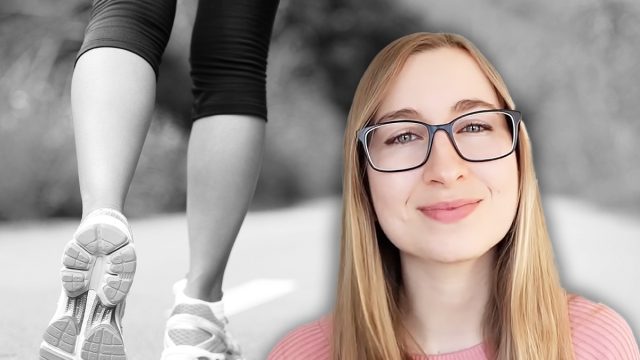Scientists Find The Perfect Walking Speed That "Melts Body Fat"
When it comes to losing body fat, most people think they need to run for hours or spend endless time at the gym. But groundbreaking research has uncovered something simpler: there's a specific walking speed that maximizes fat burning, and it's changing how we think about weight loss.
Meet Michaela (Dr. Miche), PhD, a research scientist who analyzes cutting-edge studies on weight loss, nutrition, and fitness. "When confronted with these kinds of debates, I go straight to the science and try to get the best answer based on the highest quality research," she explains. Her recent analysis of walking studies has revealed fascinating insights about how this simple activity could be the key to sustainable fat loss.
Why Walking Beats Running for Fat Loss
In a groundbreaking 20-week study comparing different exercises, walking proved superior for fat loss. "The walking group lost three body fat percentage points, while running and biking groups only lost 1.2 points," Dr. Miche reports in her post. This occurred despite all groups exercising for the same duration—30 minutes, three times weekly.
The Science Behind Fat-Burning Speeds

Why does walking outperform more intense exercises? "As the intensity is lower in an exercise, you actually burn more fat compared to carbs," Dr. Miche explains. "Whereas when you do a very high intensity exercise, you burn more carbs compared to fat." This makes walking particularly effective for fat loss, despite—or rather, because of—its lower intensity.
The Perfect Speed for Maximum Fat Burn
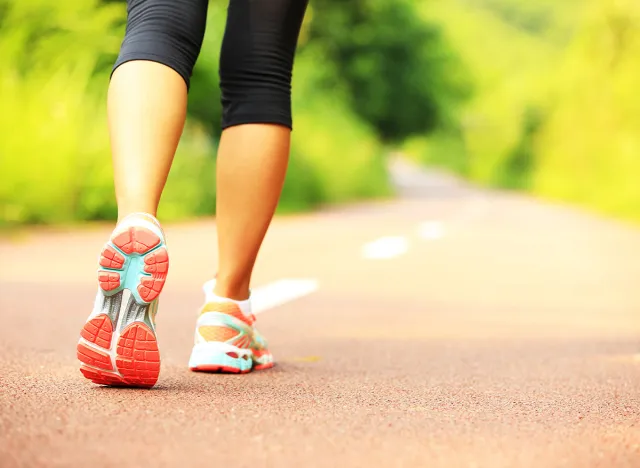
The research uncovered specific speeds that optimize fat burning. "For men, the sweet spot is typically walking at 3.4 miles per hour, while women reach optimal fat burning at around 3 miles per hour," Dr. Miche reveals. This pace aligns with what scientists found to be the ideal heart rate for fat oxidation—about 60% of your maximum heart rate.
Proof It Works: The Numbers Don't Lie
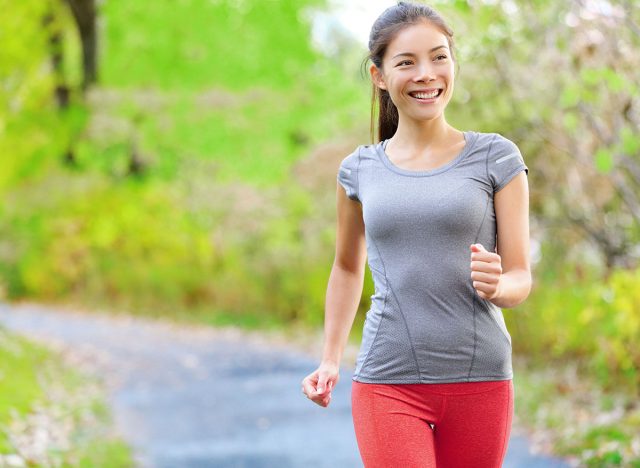
A comprehensive meta-analysis of over 1,100 participants confirmed walking's effectiveness. "People who walked just 40 minutes, four times weekly for 35 weeks, lost two pounds and decreased their body fat by one percentage point—without making any dietary changes," Dr. Miche explains. Even more impressive, she notes that while walkers lost weight, non-walkers gained a few pounds, creating a net difference of about five pounds between groups.
RELATED: 5 Protein Mistakes You're Making That Stop Weight Loss, Expert Says
Why Body Fat Matters More Than Weight
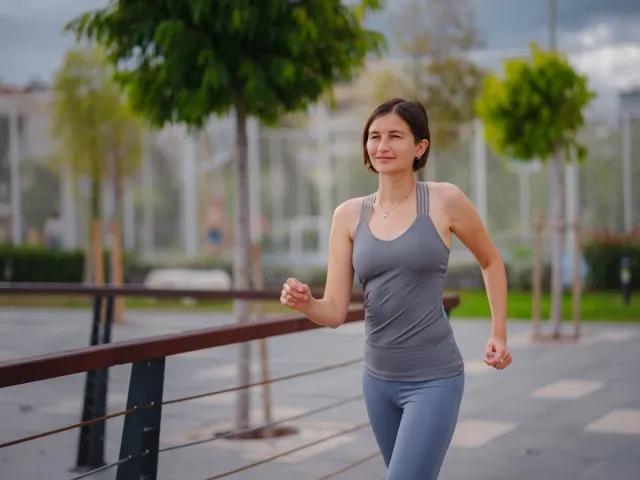
Dr. Miche emphasizes an important distinction: "When most people say they want to lose weight, what they really mean is that they want to lose fat and lower their body fat percentage." She explains that "the aesthetic benefits and health benefits of weight loss pretty much all come from lowering your body fat percentage," noting how many people "end up looking a lot better and getting a lot healthier while staying at the same weight because they lose fat and gain muscle."
The Ideal Walking Schedule for Beginners
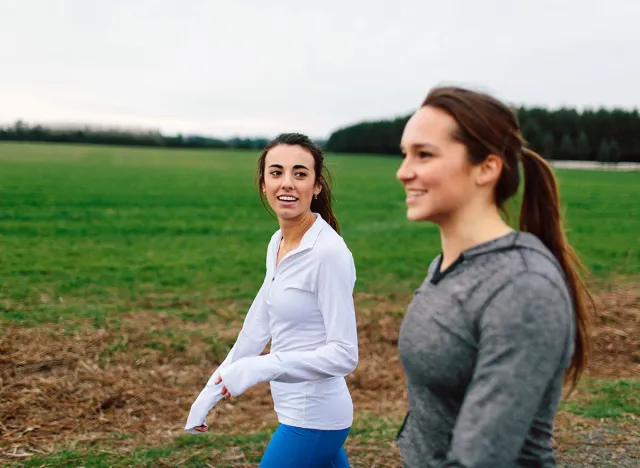
Based on the research, Dr. Miche recommends starting with the proven formula: "The meta-analysis found that on average these studies had people walk four times a week for 40 minutes per session." This moderate commitment led to significant results while remaining achievable for most people.
Hidden Benefits Beyond Fat Loss
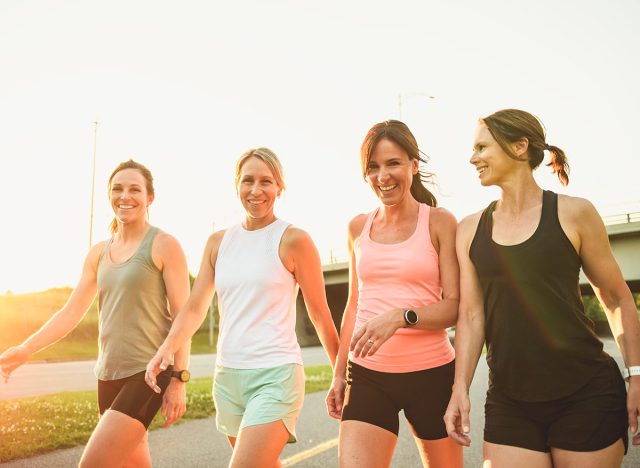
Walking at the optimal speed doesn't just target fat—it transforms your health. "Just adding 40 minutes of walking four times a week lowered blood pressure by one to 1.5 points for both systolic and diastolic blood pressure," Dr. Miche notes. Additionally, "people increase their fitness substantially, raised VO2 max by three, which is a measure of cardiovascular fitness."
RELATED: Woman Drops 35 Pounds After Finding 5 Surprising Cortisol-Lowering Habits
How Walking Prevents Age-Related Weight Gain
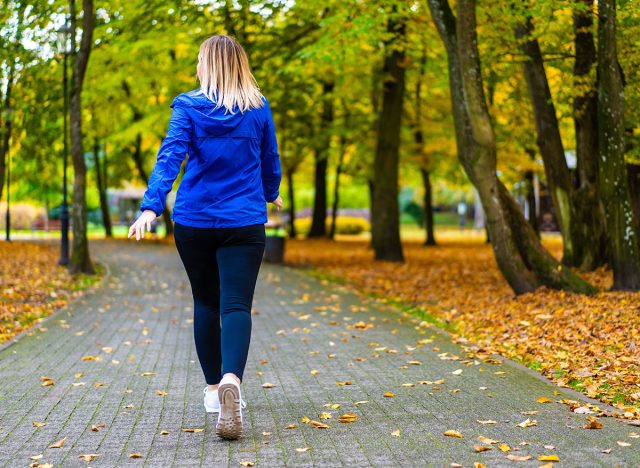
One of walking's hidden benefits is its role in preventing natural weight gain. "Not only did adding walking to people's routines prevent the weight gain that most people have happen to them over time as they age," Dr. Miche points out, "but adding walking also caused weight loss on top of that prevention of weight gain."
Your 7-Day Walking Challenge

Ready to start? Dr. Miche recommends focusing on hitting the optimal speed rather than distance: "It's not only useful for weight loss but also because it's just amazing for your health and it's nice to get outside." Start with 40-minute sessions at your target speed (3.4 mph for men, 3.0 mph for women), aiming for four sessions in your first week.
The science is clear: walking at the right speed is a powerful tool for fat loss and overall health. Whether you're starting a new fitness journey or looking to optimize your current routine, adjusting your walking speed could be the simple, effective strategy you've been searching for. The best part? You can start today, right now, with nothing more than a pair of comfortable shoes and a focus on maintaining that perfect, fat-burning pace. And if you enjoyed this article, don't miss 12-3-30 Walking Method: 20 Proven Tips to Lose Weight Faster.
